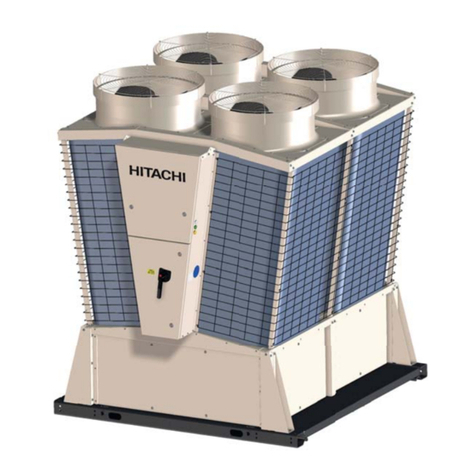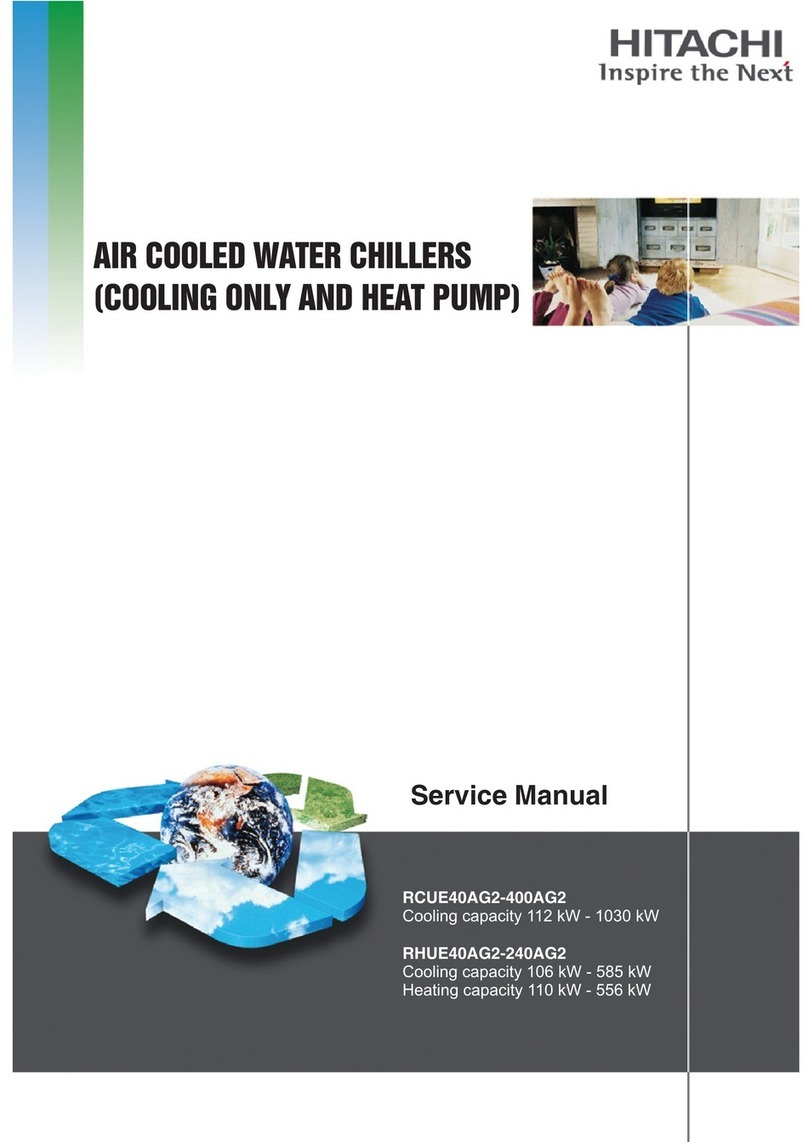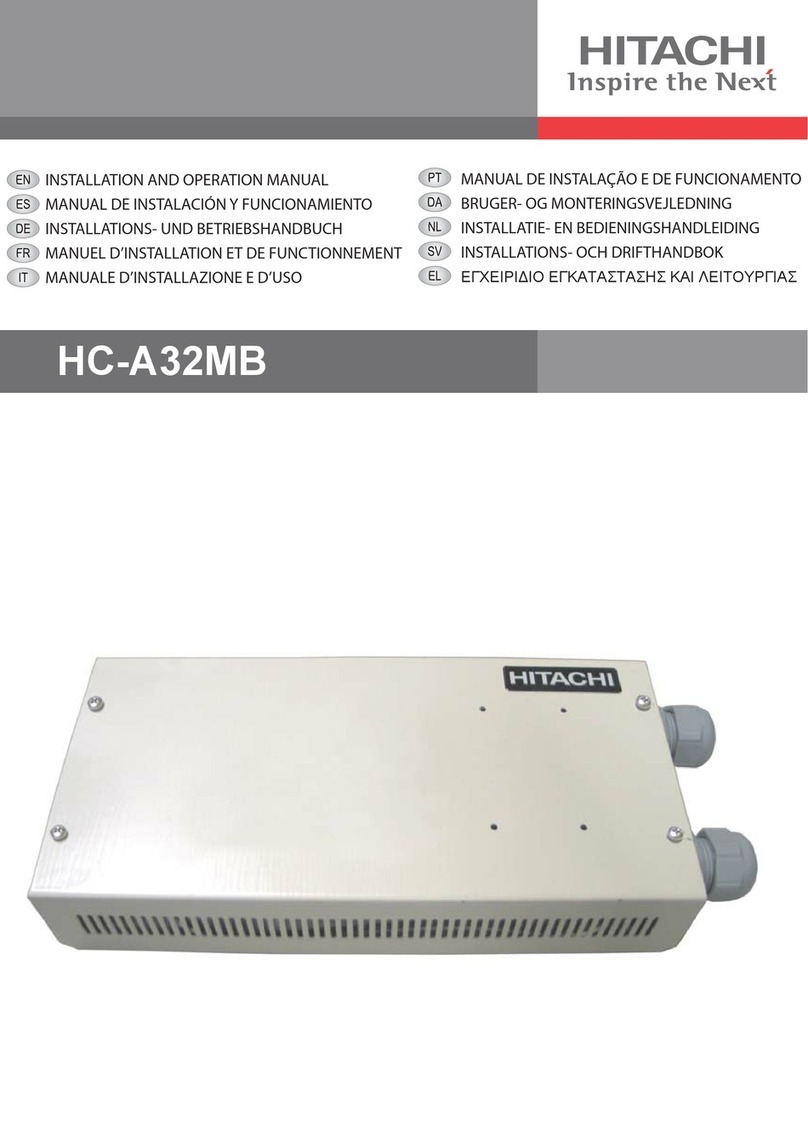
SMGB0097 rev.0 - 07/2015
IV
General Index
2.4 Run operation........................................................................................................................................51
2.4.1 Setting of switches on the setting PCB ......................................................................................................... 51
2.4.2 Operation control of the module .................................................................................................................... 52
2.5 Time chart .............................................................................................................................................53
3. Servicing .................................................................................................................... 55
3.1 LCD display for Service Menu............................................................................................................... 57
3.2 General notes........................................................................................................................................65
3.3 Cycle components.................................................................................................................................66
3.3.1 Compressor removal ..................................................................................................................................... 66
3.3.2 Overhaul work ............................................................................................................................................... 68
3.3.3 Recovering the refrigerant ............................................................................................................................ 70
3.3.4 Replacement of the cooler ............................................................................................................................ 70
3.3.5 Replacement of expansion Valve .................................................................................................................. 72
3.3.6 Filter drier ...................................................................................................................................................... 73
3.3.7 Replacement of the check valve ................................................................................................................... 74
3.3.8 Replacement of the stop valve (with check joint) .......................................................................................... 75
3.3.9 Replacement of the high pressure switch (PSH)........................................................................................... 75
3.3.10 Replacement of the pressure sensor (Pd)................................................................................................... 75
3.3.11 Replacement of the pressure sensor (Ps) ................................................................................................... 75
3.3.12 Replacement of the pressure sensor (PS) .................................................................................................. 76
3.3.13 Replacement of the pressure relief valve .................................................................................................... 76
3.3.14 Replacement of the sight glass ................................................................................................................... 76
3.3.15 Replacement of the stop valve (x3)............................................................................................................. 76
3.3.16 Repalacement of the thermistor (Suction, THMs) ....................................................................................... 77
3.3.17 Replacement of the thermistor (Discharge, THMd)..................................................................................... 77
3.3.18 Replacement of the crankcase heater (CH) ................................................................................................ 77
3.3.19 Replacement of the thermistor (Evaporation, THMe).................................................................................. 78
3.3.20 Replacement of the thermistor (Cooler water inlet, THMwi)........................................................................ 78
3.3.21 Thermistor (Cooler water outlet, THMwo2) ................................................................................................. 79
3.3.22 Thermistor (Cooler water outlet, THMwo) ................................................................................................... 79
3.3.23 Replacement of the solenoid valves (SVa, SVb, SVc) ................................................................................ 79
3.4 Electrical components ...........................................................................................................................80
3.4.1 The E-box...................................................................................................................................................... 80
3.4.2 Removal of the LCD screen .......................................................................................................................... 80
3.4.3 Replacement of lamps and push buttons ...................................................................................................... 81
3.4.4 Access to electrical components ................................................................................................................... 81
3.4.5 Removal of the PCB’s ................................................................................................................................... 83
3.4.6 Transformer (TF1) ......................................................................................................................................... 85
3.4.7 Transformers (TF2, TF3, TF4)....................................................................................................................... 85
3.4.8 Overcurrent relay (ORC) ............................................................................................................................... 85


































